This article was contributed by RAFA board member Sarah Busman.
SB : You’re giving us a class on improvisation. Tell us why you think that’s an important skill for flutists.
EB : I will preface my response by acknowledging that improvisation used to terrify me. I remember excusing myself to, “use the restroom”, “go to the doctor’s office” or “feed the cat” to avoid any requirement to improvise. Then I met Warren Senders, the man who introduced me to the world of free improvisation. The first time I met Warren, he handed me two plastic tubes and gestured for me to follow him into a drum circle. That experience changed my view of improvisation, I never felt more free. I proceeded to take his improvisation class that semester at The New England Conservatory. What I learned through improvisation I transferred to life in general. Letting go and being comfortable with not knowing what notes to play or when to play them encouraged me to be more open in other spheres of my life.
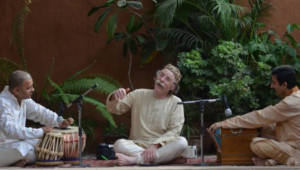
In today’s professional market, flutists need to be open to playing in a variety of styles. So often, I witness students limit themselves artistically. I believe music is about embracing spontaneity, freedom of expression and developing collaborative relationships through performance and discussion. Practicing free improvisation has helped me to reinforce these principles. I look forward to exploring spontaneity and freedom of expression with you on September 27 as a means of challenging our expressive limitations
SB : You’re also going to give us an in-depth look at vibrato. How did you get interested in learning more about vibrato? Can you give us a teaser about what we’ll learn?
EB : It wasn’t until a lesson during the spring of 2015 when a student asked, “How and where do we produce vibrato as flutists?”, that I realized, I didn’t have a definitive answer for this question. My immediate response was, “your throat and abdomen muscles work in conjunction with one another to oscillate the air pressure”. This bright and curious student followed up with, “what in my throat can produce vibrato”? It appeared my understanding of this topic seemed completely inadequate.
To achieve a better understanding of flutists’ production of laryngeal vibrato, five flutists at the University of North Carolina, Greensboro received a flexible fiberoptic transnasalvideostroboscopy at the Center for Voice and Swallowing Disorders of Wake Forest Baptist Medical Center’s Department of Otolaryngology-Head and Neck Surgery on October 26, 2016.During our workshop on laryngeal vibrato production we will be taking a closer look, literally, into the anatomy of the human pharynx/larynx to develop a better appreciation for this area of the body.


SB : It looks like your recital will have lots of newer music. Can you tell us what you like about the pieces you chose? Is there anything specific we should listen for?
EB : I am very excited to share a program of all living composers!
The program begins with Blaz Pucihar’s Sonatine for flute and piano. I was first introduced to Blaz Pucihar through his chamber work for oboe, flute and piano. It became an automatic favorite for our trio and for the audiences for which we performed. Melodicism pervades all aspects of his music. It is uplifting, harmonically optimistic and so fulfilling to perform.
The next two unaccompanied pieces are by two dear friends, Timothy Hagen and David Biedenbender. Tim is a North Carolina native flutist who recently started his professorship appointment at the University of Wisconsin- Madison. In addition to being a skilled educator and captivating performer, he is an accomplished composer. His work Chant combines flute and voice for a thrilling virtuosic work. David Biedenbender and I met at the University of Michigan during our doctorates, he now is on faculty at Michigan State University. Together Alone for solo moving flutist is the product of my commissioning him to write a work that incorporated movement into the musical score. It explores the effects of social media on the individual in society in very creative ways.
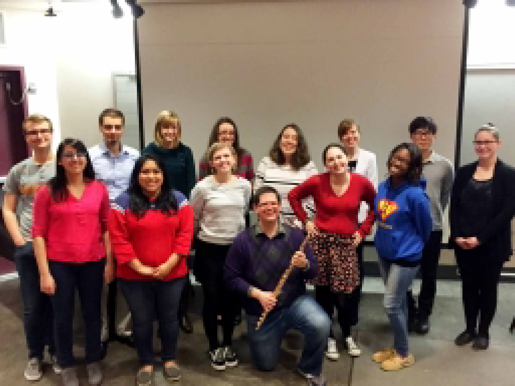
Excerpts from John Rutter’s Suite Antique serves as a palate cleanser in the program. His use of melodic and harmonic simplicity and clarity of compositional form is quintessentially charming. (Come to Raleigh Symphony Orchestra’s concert on October 22nd to hear the entire work in its original instrumentation of flute, string and harpsichord,!)
Valerie Coleman, flutist in Imani Winds and blockbuster composer, recently composed Wish Sonatine for flute and piano in 2015. It is an incredibly emotional and evocative work inspired by Fred D’Aguiar’s poem, Wish, depicting the “Middle Passage” in which Africans were trafficked across the Atlantic to be sold into slavery.
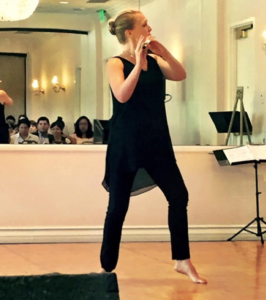
SB : Can you tell us a bit about your background? How did you end up in North Carolina?
EB : Formally, I am Dr. Erika Boysen, Flute Professor at UNCG. Informally, I am an artist who enjoys collaboration and cultivating human connection. Originally from the Midwest, I grew up enjoying performance in all of its creative capacities; acting, singing, dancing and playing an instrument. I chose to pursue performance in college at the University of North Carolina School of the Arts and maintained that trajectory throughout three degrees; New England Conservatory and University of Michigan. I was fortunate to return to North Carolina and this community of flutists from which I began my professional studies after receiving my doctorate.
SB : What drew you to RAFA? What do you like about it?
EB : RAFA’s commitment to serving the community of flutists in the state is inspirational. Annual competitions, festivals and concerts serve our great range of artists and cultivates community across our state. RAFA’s leadership and organization provides a model we try to emulate in our smaller communities of artists. Thank you RAFA!
Erica’s class and recital will be on Sunday, September 24 from 2:00-5:00 at Carswell Recital Hall, Meredith College. The event is free for RAFA members. Bring your flute!
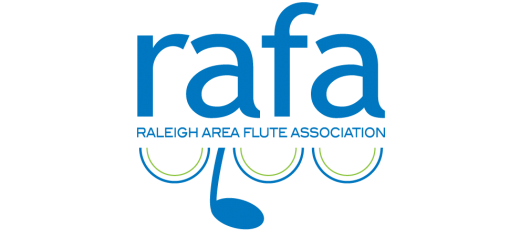
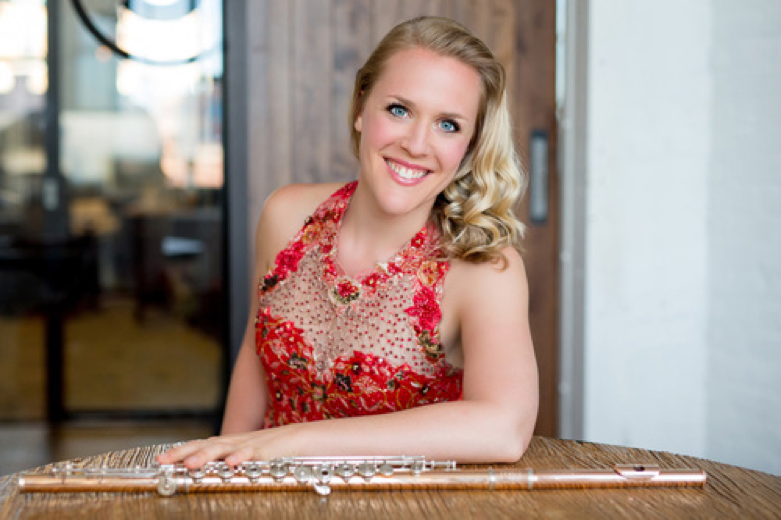
1 comment on “A Conversation with Erika Boysen”